by Dr. Emmanuel Monneron
According to the book “Adventure Therapy: Theory, Practice, and Research” (Gass, Gillis, and Russell, 2012), the first Wilderness Therapy (WT) program (Aspen Achievement Academy) was founded in 1988 in Loa, Utah. This program, inspired by military recruit training in a wilderness environment, is supposed to be the first one that had a clinician (Madolyn Liebing, Ph.D.) who provided so-called individual therapy. Almost 35 years later, what can be said about Wilderness Therapy programs? Are they effective? Are they safe? How much do they cost?
Before talking about whether or not WT is an appropriate way to help struggling children and teenagers, it’s probably best to start with describing what is Wilderness Therapy.
Teenagers sent to WT programs are most often transported against their will from their home to a place they were not informed about. The “Escort Service” agency usually organizes the intervention in the middle of the night to surprise the teen and avoid too much resistance. Restraints, handcuffs and sometimes electric shockers can be used to control the teen and force them to comply with two or more strangers without knowing where they are going.
When the teen finally reaches the destination (which is usually a forest or a desert and can be located on the other side of the country), they are strip-searched, given a uniform, and introduced to their new peers.. Depending on the program, the teen may be ignored by the rest of the group and forced to remain silent for the first few days or weeks.
These “therapeutic” programs are based on the “Tough Love” approach and are supposed to include “occupational therapy” interventions. The teens spend their days hiking and are meant to learn how to survive in the wild (how to build a fire, how to find food or water etc.). At night, their shoes are usually taken from them to prevent them from trying to run away.
Some programs also include “attack therapy” sessions (a form of group “therapy” based on highly confrontational interactions between the participants who are encouraged to shame, humiliate, insult and sometimes physically attack each other). Not following the instructions given by the staff members usually leads to punishments that can include being ignored and forced to stay silent, being deprived of food or water or being forced to sleep outside of a tent, without a sleeping bag.
During the time spent in their program, the teens are completely isolated from the outside world and any authorized letters to their families are carefully monitored.
Most of the time, and from the beginning of the program, parents receive advice on how important long term treatment is. They are convinced that the intervention can bring some meaningful behavior changes only if the youth stays long enough in the program.
That’s the reason why youth usually spend a few months in WT programs before being sent to a Therapeutic Boarding School or to a Residential Treatment Center for more treatment.
A stay in that kind of facility is usually meant to last at least a year, and often lasts much longer, sometimes several years.
Let’s go back to the first question now. Is WT an evidence based and appropriate treatment to help children and teenagers with behavioral or psychological issues? As a mental health professional and a physician, I think that WT is very problematic for different reasons.
First, trying to initiate any kind of psychotherapeutic process without the consent of the patient doesn’t make sense and that is especially true for children and teenagers. Abducting a child from their home, transporting them to a place they know nothing about, strip searching them in the middle of nowhere in a forest or a desert is probably the worst way to create a therapeutic connection between a patient and a therapist. But that is not that important because, most of the time, there are actually no properly trained therapists taking care of the children in these programs.
To maximize their profits, these companies usually hire young and unqualified staff members who are not trained to help and treat struggling youth. They work for minimum wage and are not qualified to evaluate the medical state of the children they’re responsible for, which is extremely concerning considering the fact that these children are going to be forced to live in extreme conditions for several months. This lack of medical evaluation and care has already led to tragic accidents in the past but hasn’t stopped these programs from operating (only in the state of Utah, 5 teenagers have died in WT programs between 1990 and 2007).
For his article for WBTV “It’s beyond cruel”: Inside an N.C. wilderness therapy program for teens, Nick Ochsner met Jonathan Hyde, a former staff member of the WT program Trails Carolina (Lake Toxaway, North Carolina). Hyde worked at Trails Carolina during summer 2020. In the interview, he said that “One of the issues of the place is that the people that spend the majority of the time with (the clients) are not trained therapists.” He also said that, before being sent into the woods with participants, he was given an “extremely minimal” three days training.
According to Ochsner, “therapeutic wilderness programs cost big money, upwards of $30,000 or more for a child’s three-month stay”. Big money that is clearly not used to hire properly trained staff members or to provide the participants good quality food…
The “Tough Love” approach is based on the concept that it’s possible to “break” someone with behavioral or psychological issues to be able to rebuild or re-educate that person properly. These behavior modification techniques have been used by totalitarian regimes all over the world for decades and are considered physical and psychological torture by many historians and sociologists. More specifically, these programs use “aversion therapy”, methods used to force a person give up a behavior or habit by having them associate it with something unpleasant or painful.
Scientific literature has shown that these methods are ineffective and they’ve been withdrawn from mental health international recommendations. Some of these methods are also considered psychological torture, especially when they’re used to change someone’s sexual orientation or gender identity (which is both ineffective and dangerous).
The Troubled Teen Industry is currently accused of using treatment methods that are not evidence based. TTI sponsored studies that might suggest WT is effective have been published over recent decades to convince families and the state to send children to these programs.
The National Association of Therapeutic Schools and Programs (NATSAP) has gone as far as creating its own journal to publish some so called scientific publications and promote the programs that fund the organization. Even if these studies were not influenced by huge conflicts of interests (i.e. the studies being funded and published by an organization to promote companies funding that same organization…), they are far from being properly designed and not a single one of them is a double-blind, randomized, controlled trial. No matter what NATSAP claims, there’s currently no strong scientific evidence of the effectiveness of WT programs. On the contrary, it seems like prolonged treatment times as well as breaking the bond between patients and their families are of no benefit. These reception conditions seem to be iatrogenic factors causing further deterioration in the state of health of the youth in care (Asarnow, et al., 1996).
So what can be said about WT programs in 2021?
Are they effective? NO. There’s no scientific evidence of the effectiveness of WT programs.
Are they safe? NOT AT ALL. The reception conditions seem to be iatrogenic or even traumatic and the lack of properly trained staff members and appropriate medical care has already led to the death of several participants.
How much do they cost? A LOT. They can cost upwards of $30,000 or more for a child’s three-month stay


